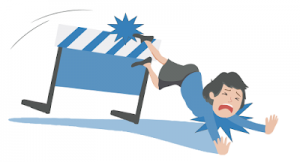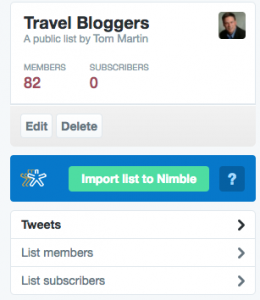Where To Begin
As with any new project, you should start with a few questions to set the baseline. Some that can help frame your direction include:
- How long ago was your website built?
- What technologies does it use, and are they still considered best practice?
- Is it responsive (mobile-friendly)?
- Is it a simple site, or content-heavy?
- How well are you ranking in search engines?
- What are the current maintenance costs (hosting, updates, developers, etc.)?
- Is it working? Is it achieving the results you want?
Your answers to these questions should shed some light on which route is best suited for your digital needs. For example, if your site uses a proprietary Content Management System that a developer sold you on eight years ago, and no developer today is overly familiar with its code, then it’s probably best to start over. However, if you’re only looking to improve a bounce rate or add some new services, then a renovation could suit your needs just fine.
The True Costs
A website is an investment – no question about it. It’s an automated property that spearheads the front line of your brand, 24 hours a day and seven days a week. It can describe your services, it can bring you customers, it can produce new employees – for many companies today, their website is a service. Though with so many design shops and so many websites out there, you can expect to receive proposals ranging from $ 3k to over $ 50k. How do you put a price tag on such an asset?
In reality, it should boil down to one thing – ROI. How deep can a website impact your business? If you’re a traditional, private firm with no potential to gain clients online, then don’t feel obligated to splurge. However, if it’s possible to leverage the web for lead generation, then don’t skimp. After all, the new site will effectively be your front-line salesperson and brand ambassador for years to come. Would you hire a shy, inexperienced salesperson that might flake a year or two down the road? Over the past eight years, I’ve seen far too many businesses shy away from investing a decent budget only to later regret it. Simply put, invest what you can realistically afford – not too much, and not too little.
I realize that’s a vague statement. So, what does that mean?
Let’s say your site is on the small-to-medium side. It has a dozen pages that are fairly straight forward, and it’s done a decent job of capturing three to four leads every month for years. However, based on your traffic, you know that a well-strategized site could easily drive three to four leads every week. In this case, what is your close rate on inbound leads? What is the value of each one? If you estimate these potential leads could result in an extra $ 10,000 a month of revenue, then the one-time $ 25,000 price tag looks a lot more realistic. Given this new realization, it’s easy to see the tangible value of a quality web property tailored to your business.
Conclusion
In summary, managing your web property is an important financial decision – and is one that should be as informed as possible. If you have questions about how your website can better serve your bottom line, or if you’re curious about the technology options, don’t hesitate to get in touch with the Vordik team.
(134)






